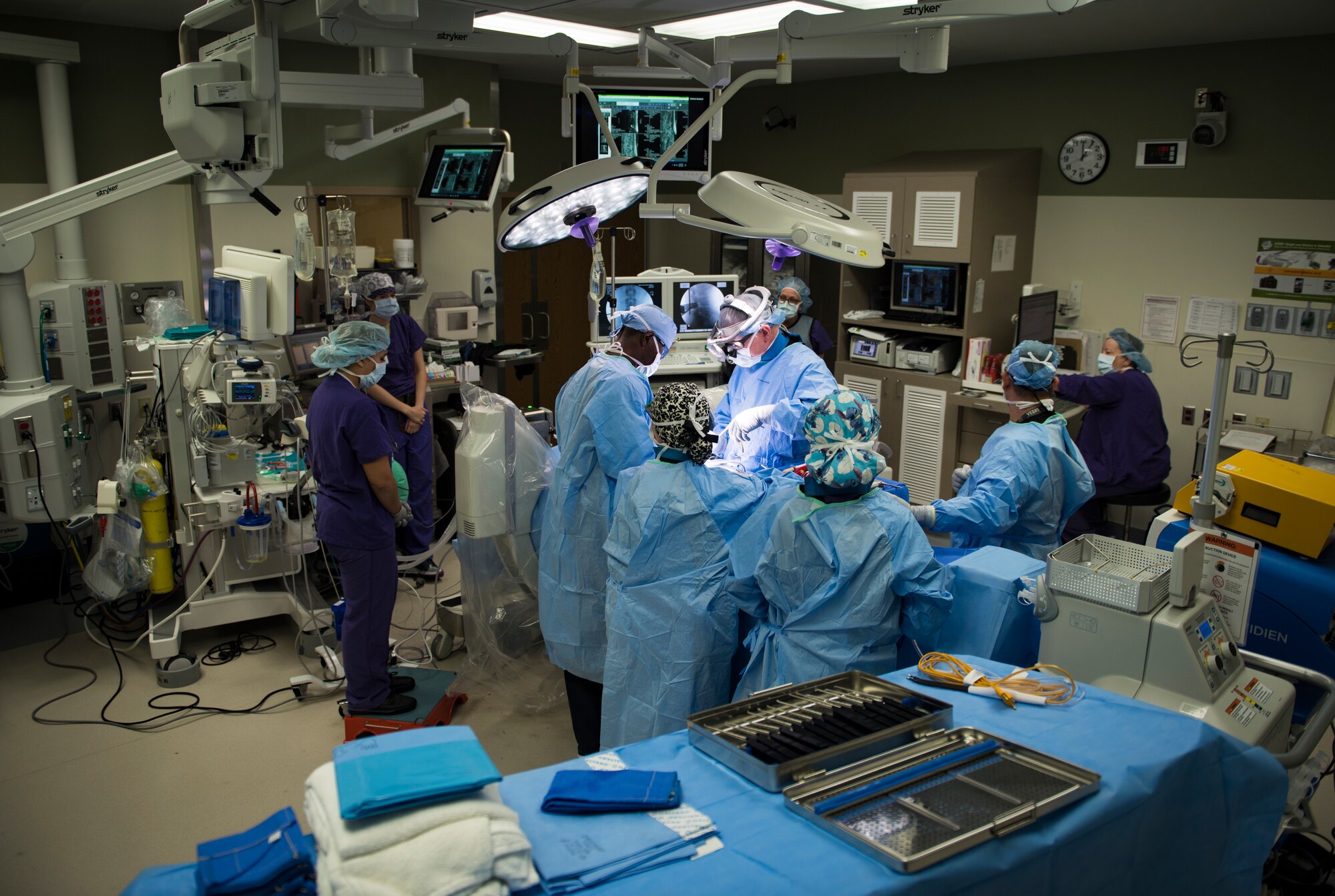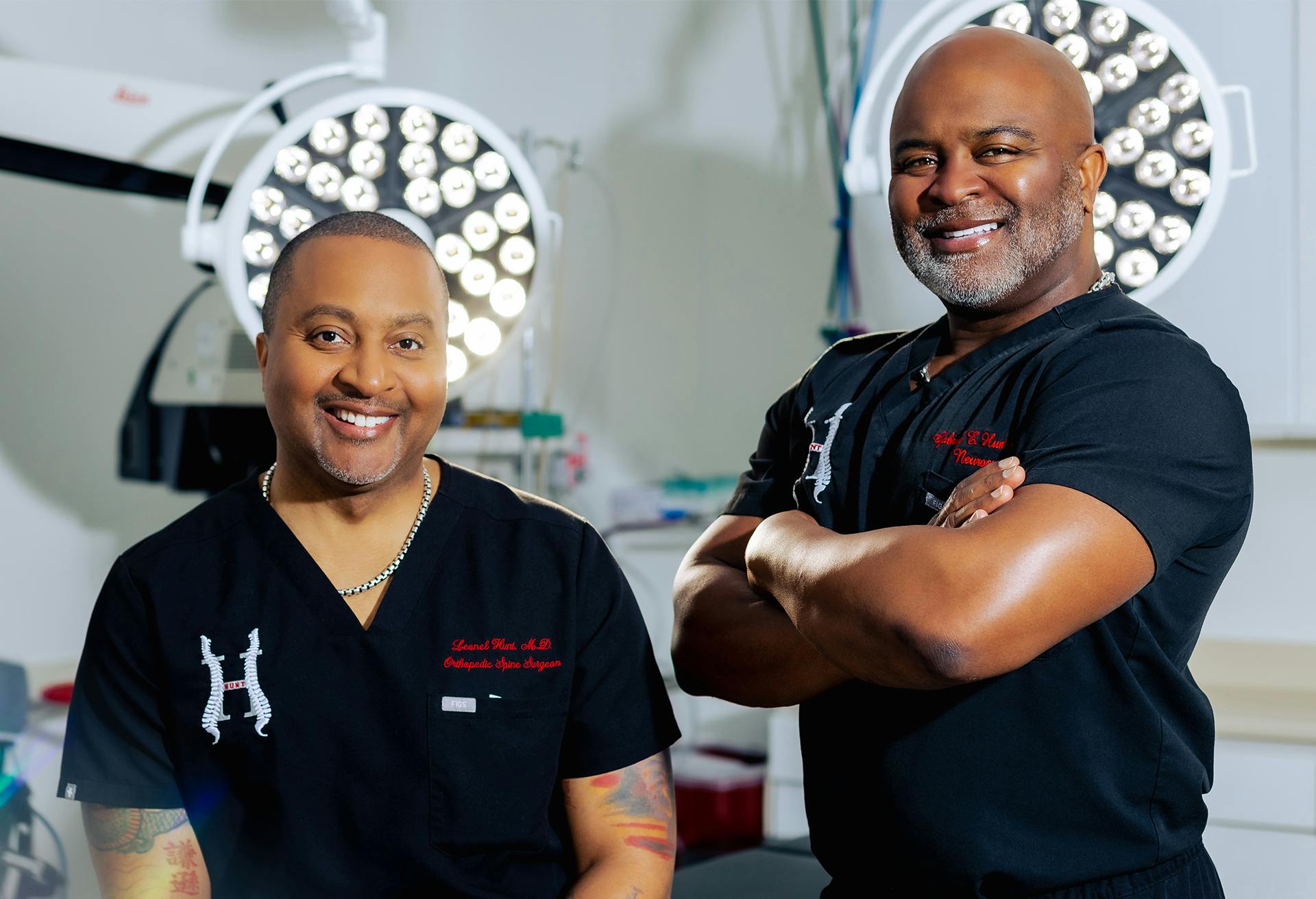What Spinal Column Issues Generally Bring About Procedure for Alleviation?
Back problems that require surgical intervention usually arise when conservative treatment options stop working to offer appropriate alleviation from consistent discomfort and practical disability. Problems such as herniated discs, spine constriction, and degenerative disc illness frequently lead to surgical treatments intended at recovering and alleviating signs and symptoms mobility.

Herniated Discs
When conservative therapies fail,Herniated discs are an usual spine condition that regularly leads to surgical treatment. This condition takes place when the soft internal gel of a spinal disc extends through a tear in the harder outer layer, possibly compressing neighboring nerves. Signs frequently consist of localized discomfort, emitting discomfort in the arm or legs, and neurological deficits such as prickling or weakness.

Surgical procedure aims to ease discomfort and restore function by getting rid of the herniated section of the disc or stabilizing the impacted back sector. While many clients experience considerable renovation following surgery, it is vital to consider the advantages and risks in consultation with a qualified spinal column expert. Eventually, prompt treatment is necessary to prevent further problems and enhance lifestyle for people experiencing from this devastating problem.
Spine Stenosis
Experiencing spine stenosis can considerably affect an individual's mobility and lifestyle. This condition takes place when the back canal tightens, positioning stress on the spine and nerves. Frequently seen in the lumbar (reduced back) and cervical (neck) regions, spinal stenosis often arises from degenerative adjustments linked with aging, such as joint inflammation, disc herniation, or thickening of ligaments.
Signs and symptoms of back stenosis can vary, yet they usually consist of pain, numbness, prickling, and weak point in the extremities. These signs might get worse with task or extended standing and frequently improve with remainder. In serious cases, people may experience difficulties with equilibrium and sychronisation, leading to an enhanced danger of falls.
When traditional treatments, such as physical treatment, medicines, and lifestyle alterations, fall short to ease signs, medical intervention might be thought about. Procedures like laminectomy or spine fusion goal to decompress the damaged nerves and stabilize the back. Early diagnosis and therapy are essential in taking care of spinal constriction efficiently and maintaining movement, inevitably enhancing the individual's overall high quality of life.
Spondylolisthesis
Spondylolisthesis occurs when one vertebra slips onward over the one below it, potentially bring about spinal instability and nerve compression. This problem can arise from different variables, including hereditary issues, degenerative changes, injury, or recurring tension injuries. Signs often include lower pain in the back, stiffness, and radiating discomfort in the legs, which can dramatically impact everyday tasks and overall lifestyle.
Medical diagnosis generally includes a comprehensive scientific analysis, imaging studies such as X-rays or MRI, and analysis of neurological function. The degree of slippage is categorized right into qualities, with greater qualities showing more extreme displacement and a better possibility of medical intervention.

Early medical diagnosis and ideal monitoring are vital in stopping additional problems and improving patient end results. As spondylolisthesis can result in chronic discomfort and special needs, timely treatment is necessary for bring back spinal wellness.
Degenerative Disc Illness
Degenerative Disc Disease (DDD) is a problem defined by the gradual damage of the intervertebral discs, which act as essential shock absorbers in between the vertebrae of the spinal column. As these discs shed hydration and elasticity over time, they end up being less reliable at cushioning the vertebrae, bring about increased friction and stress on the spine structures.
Individuals with DDD frequently experience signs and symptoms such as chronic back discomfort, stiffness, and lowered movement (best spine surgeons in st louis mo). The problem can also cause nerve compression if the degenerated discs bulge or herniate, bring about radicular pain, weak point, or numbness in the arm or legs
Medical diagnosis usually entails a combination of physical exams, imaging studies like MRI or CT checks, and patient history to examine the severity of disc degeneration and its influence on daily activities. Therapy choices variety from traditional procedures, consisting of physical therapy and pain monitoring, to even more invasive procedures when conventional actions fail. Surgical interventions, such as spine blend or artificial disc replacement, may be suggested for people with significant pain and functional disability. Generally, very early treatment and customized monitoring strategies are vital for alleviating the results of DDD and boosting person outcomes.
Back Lumps
Spinal lumps, which can be malignant or benign, represent an additional considerable cause of back problems that might demand medical intervention (best spine surgeons in st louis mo). These lumps can come from within the spine (key growths) or metastasize from various other parts of the body (second growths) Their presence can cause different signs and symptoms, consisting of localized discomfort, neurological deficits, and modifications in movement
Surgical therapy for spinal lumps typically intends to ease symptoms by eliminating the tumor, supporting the spine, and addressing any type of compressive effects on the back cable or nerves. Indicators for linked here surgical treatment commonly see this include significant pain not receptive to conservative therapies, or neurological problems arising from the growth's development.

It is crucial for clients offering with signs and symptoms suggestive of spinal lumps to go through comprehensive diagnostic analyses, consisting of imaging studies and biopsies, to determine the suitable strategy (best spine surgeons in st louis mo). Early discovery and intervention can considerably enhance patient outcomes and quality of life
Verdict
In summary, different back problems, consisting of herniated discs, back constriction, spondylolisthesis, degenerative disc disease, and back lumps, frequently demand medical intervention when conventional treatments stop working to give alleviation. These problems cause considerable discomfort and practical impairment, prompting the consideration of procedures such as discectomy, back combination, and laminectomy. Inevitably, surgical choices aim to reduce pain, improve flexibility, and bring back top quality of life for people impacted by these disabling back conditions.
Problems such as herniated discs, spine stenosis, and degenerative disc condition frequently lead to surgical procedures aimed at alleviating symptoms and restoring wheelchair.Herniated discs are a common spine problem that frequently leads to surgical treatment when traditional therapies fail. Surgical treatments, such as spine combination or fabricated disc replacement, might be indicated for patients with substantial discomfort and useful disability.Back tumors, which can be benign or deadly, represent another significant cause of spinal conditions that may necessitate surgical intervention.In summary, various spine concerns, including herniated discs, back constriction, spondylolisthesis, degenerative disc disease, and spine link tumors, typically require medical treatment when conservative therapies fall short to give relief.